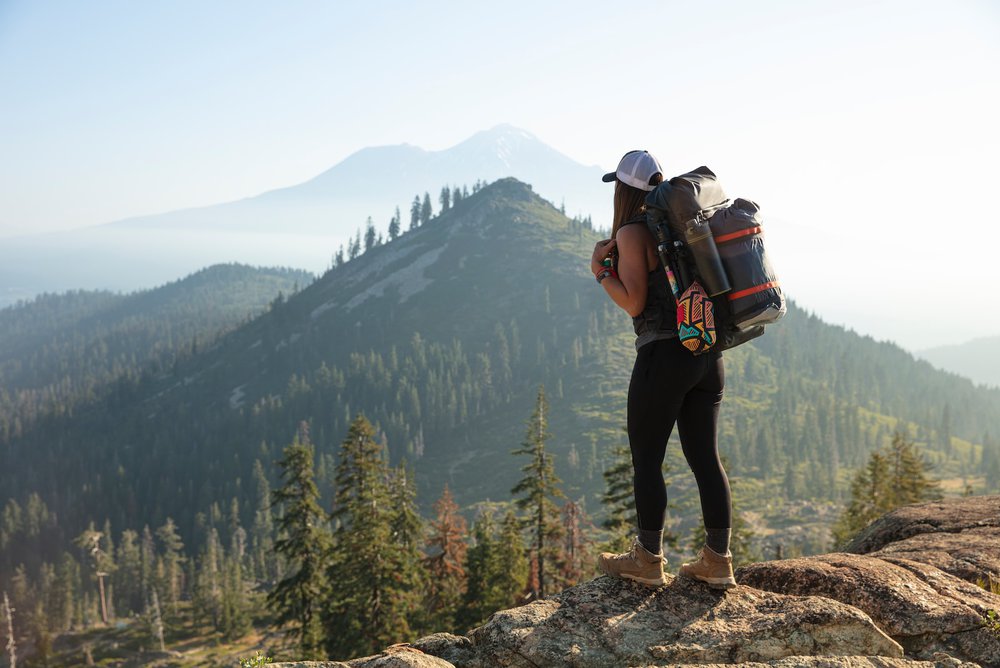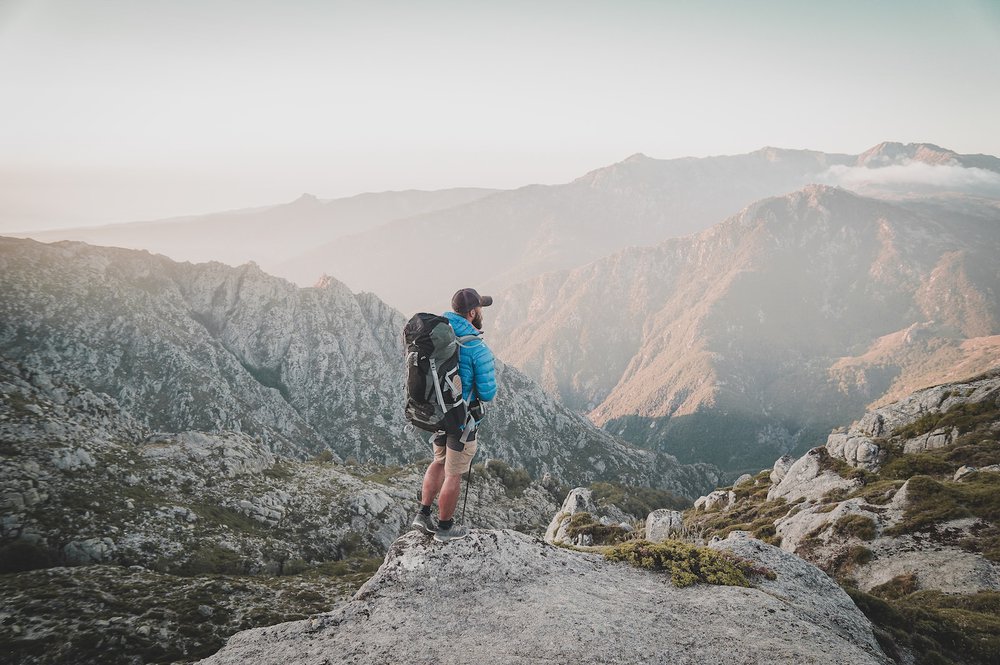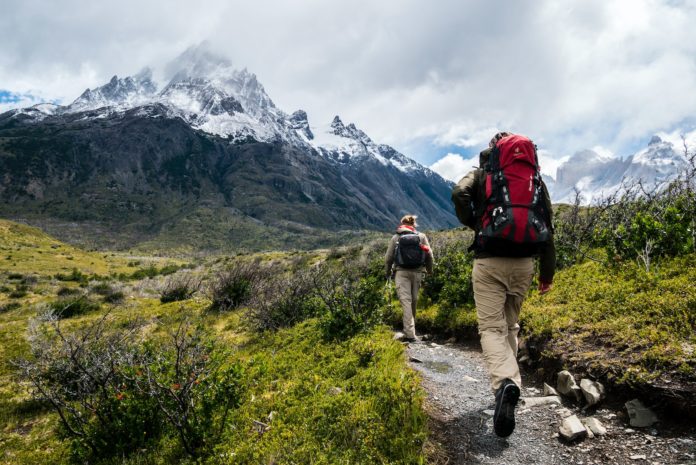Hiking isn’t just about enjoying the beauty of the outdoors; it can also be a meaningful way to contribute to the preservation of our natural world. Conservation projects offer hikers the opportunity to combine their love for the trails with their passion for environmental stewardship. In this blog post, we’ll explore the concept of “Hiking with a Purpose” and highlight various volunteering opportunities in conservation projects that allow you to make a positive impact on the environment.
The Call of the Wild
Hiking, with its inherent connection to nature, provides a unique platform for conservation efforts. By immersing themselves in the natural environment, hikers develop a deep appreciation for the beauty and vulnerability of our planet. This emotional connection often inspires a desire to give back and protect the places they love to explore.
Trail Maintenance
Trail maintenance is one of the most common ways hikers can get involved in conservation. It involves tasks like clearing fallen trees, repairing erosion damage, and maintaining trail markers. Many organizations, such as local hiking clubs and land management agencies, organize trail maintenance days where volunteers can contribute their time and labor to keep hiking routes safe and accessible.
Adopt-a-Trail Programs
Adopt-a-Trail programs are initiatives that allow individuals or groups to take responsibility for the upkeep of a specific trail or section of a trail. Volunteers commit to regular maintenance tasks, ensuring that the trail remains in good condition. These programs provide a sense of ownership and pride in preserving a beloved hiking route.

Monitoring Wildlife
Hikers can become citizen scientists by participating in wildlife monitoring projects. This may involve observing and documenting wildlife sightings, collecting data on species populations, or tracking migration patterns. Your hiking adventures can contribute valuable information to researchers and conservationists working to protect endangered species and fragile ecosystems.
Recording Environmental Data
Climate change is a significant concern for the environment. Hikers can help by collecting data related to temperature, precipitation, and other environmental factors during their hikes. This data contributes to scientific research and helps track long-term climate trends.
Invasive Species Management
Invasive species pose a threat to native ecosystems by outcompeting local flora and fauna. Hikers can participate in conservation projects aimed at controlling invasive species. This may involve removing invasive plants, monitoring their spread, or assisting in research to develop effective management strategies. By joining these efforts, hikers help protect the biodiversity of natural areas.
Advocacy for Conservation
Hikers can become advocates for conservation by joining organizations dedicated to preserving natural areas. These organizations work to influence policies and decisions that affect hiking trails and the environment. By lending their voices and support, hikers can help protect and expand the trail systems they love.
Environmental Education
Hikers can also play a role in educating others about the importance of conservation. Many organizations offer opportunities to become volunteer naturalists or environmental educators. Sharing your knowledge and passion for the outdoors can inspire others to appreciate and protect our natural world.

Leave No Trace Principles
One of the most significant ways hikers can contribute to conservation is by practicing Leave No Trace principles. These guidelines promote responsible outdoor ethics, including packing out all trash, respecting wildlife, and minimizing human impact on natural areas. By adhering to these principles, hikers help ensure that the wilderness remains pristine for future generations.
Safety Measures
Safety is paramount when hiking in remote areas. By following safety guidelines, such as informing someone of your hiking plans and carrying essential gear like a first aid kit and navigation tools, hikers reduce the risk of accidents that could require rescue operations. Minimizing the need for search and rescue missions helps protect both hikers and the environment.
The Fulfillment of Hiking with a Purpose
Hiking with a purpose not only benefits the environment but also brings a sense of fulfillment and connection to the hiking experience. Knowing that your footsteps contribute to the preservation of natural beauty and biodiversity adds a deeper layer of meaning to every trail you explore.
Whether it’s through trail maintenance, citizen science, advocacy, or environmental education, hikers have a multitude of opportunities to make a positive impact on the environment they love. So, the next time you lace up your hiking boots and hit the trail, consider how you can hike with a purpose and be a part of the ongoing effort to protect and conserve our natural world.
Finding the Right Conservation Project
Before diving into volunteering opportunities in conservation projects, it’s essential to find the right fit for your interests and skills. Research local and national conservation organizations, visit their websites, and explore the projects they offer. Consider your own passions—whether it’s wildlife, plant conservation, trail maintenance, or education—and look for projects that align with your interests. Additionally, reach out to fellow hikers and outdoor enthusiasts for recommendations and insights into rewarding conservation projects in your area.
Building a Conservation Mindset
Hiking with a purpose isn’t limited to the days you spend volunteering. It’s about developing a conservation mindset that extends to all your outdoor adventures. Make it a habit to pick up litter you encounter on the trail, even if it isn’t yours. Respect trail closures and restrictions, as they are often in place to protect sensitive areas. Educate yourself about local flora and fauna, and share your knowledge with others. By embodying a conservation mindset, you become a steward of the environment every time you step into the great outdoors.
Encouraging Others to Hike with a Purpose
One of the most significant impacts you can have as a hiking enthusiast is inspiring others to join the cause. Encourage your friends, family, and fellow hikers to hike with a purpose by sharing your experiences and passion for conservation. Organize group volunteer outings or educational hikes to introduce others to the rewards of giving back to nature. Through collective efforts, we can create a community of outdoor enthusiasts committed to preserving the beauty and integrity of our natural world for generations to come. Shop now for the best hiking clothes.
Conclusion
Hiking with a purpose is a profound way to connect with the natural world and make a positive impact on the environment. By volunteering in conservation projects, practicing responsible outdoor ethics, and embodying a conservation mindset, hikers can leave a lasting legacy in the wilderness they hold dear. These efforts not only preserve the beauty of our natural spaces but also ensure that future generations can experience the same awe-inspiring landscapes and biodiversity that we cherish today.
Jennifer
Information sourced by the author for luxuryactivist.com. All content is copyrighted with no reproduction rights available. Images are for illustration purposes only.
